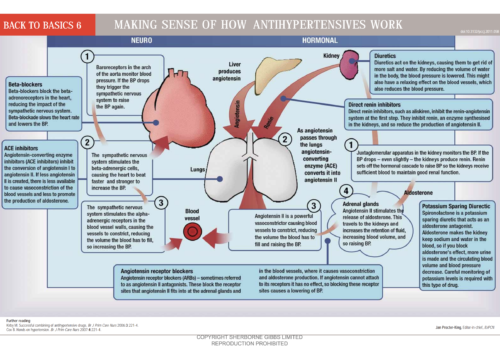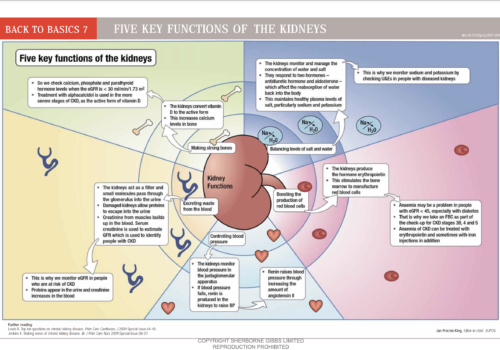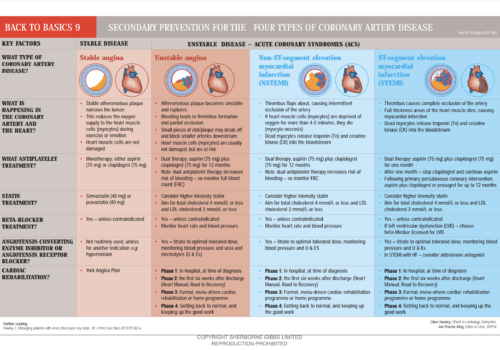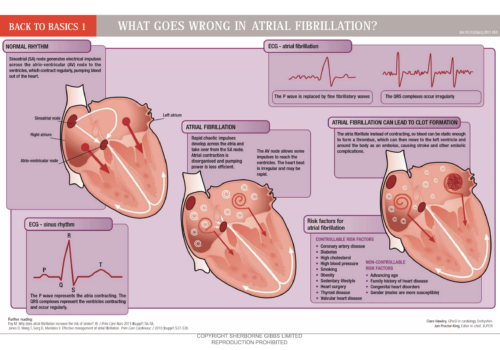In the last two issues of BJPCN, we have provided you with the scientific evidence for the Ultimate Cholesterol Lowering Plan (UCLP) and how its impressive cholesterol-lowering impact can help save lives from coronary heart disease and reduce the £3.3 billion financial burden to the NHS.1 In this issue, we discuss how you can apply the UCLP in your day-to-day practice to bring about clinically significant cholesterol-lowering results for all your patients.
Ensuring an early diagnosis of type 1 diabetes to prevent ketoacidosis
The onset of type 1 diabetes is usually rapid, taking patients and their relatives and friends, and even healthcare professionals by surprise. Diagnosis can involve some degree of diabetic ketoacidosis (commonly referred to as DKA). It is estimated that approximately 30% of newly diagnosed children seen by a healthcare professional have problems related to their diabetes before diagnosis, which suggests that practitioners are missing opportunities to diagnose type 1 diabetes at an earlier stage and possibly avoiding DKA. In this article, we explore how primary care staff can achieve earlier diagnosis of type 1 diabetes.
Preventing delayed diagnosis of type 1 diabetes: time to act
Explaining the concept of absolute cardiovascular risk to patients
Putting Prevention First – the national strategy for assessing cardiovascular risk in everyone between the ages of 40 and 74 years – is here to stay, regardless of any changes in the NHS. This strategy is based on assessing a patient’s individual risk of cardiovascular disease and, where this risk is significant, offering them measures to reduce this risk. In this article, we look at how to achieve a key step in this process: explaining the complex concept of absolute cardiovascular risk to patients so they understand what’s at stake when deciding whether or not to take their statin or antihypertensive.
BATMAN’s mission: reduce the impact of stroke
In this new series, BJPCN interviews key people leading major initiatives in the prevention and treatment of CVD and diabetes. Alastair Bailey, who leads the Brain Attack Team (BAT) at Leeds Teaching Hospitals Trust explains how the team ensures that patients with stroke receive prompt thrombolytic treatment to improve outcomes.
Back to Basics: Making sense of how antihypertensives work
Back to Basics: Five key functions of the kidneys
Understanding end-of-life care in advanced kidney disease
People with advanced kidney disease are required to make many choices about their treatment throughout the journey of this disease. Opting not to have dialysis or to withdraw from treatment is a difficult decision and there are many factors that influence patients’ decisions. For those who choose not to have dialysis, the implications need to be understood by the patient, their family and carers and healthcare professionals involved in their care. This article provides an update on this important issue to equip primary care professionals with a clear understanding of end-of-life care for patients with advanced kidney disease.
Making sense of chronic kidney disease
What exactly is chronic kidney disease (CKD), what causes it and how is it diagnosed? In this article we get down to the basics of defining what CKD is, and explore the stages of CKD. We review CKD progression and the assessment and management recommendations for each stage of CKD.
























